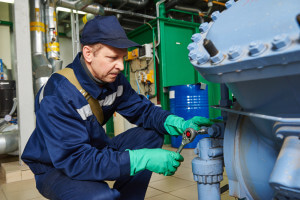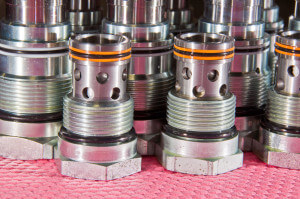Valve Maintenance and Tools
 Valve maintenance is necessary to keep your valves running smoothly at all times. Valves are important to your process, and the results could be disastrous if they stop functioning the way they were designed to. Your valves require maintenance to work their best.
Valve maintenance is necessary to keep your valves running smoothly at all times. Valves are important to your process, and the results could be disastrous if they stop functioning the way they were designed to. Your valves require maintenance to work their best.
CPV Manufacturing has been the leader of valves and fittings since 1915. Safety is our first priority, so we’re dedicated to providing products that will help you avoid disaster.
Learn more about how to maintain your valves to ensure that they’re functioning properly and the tools that allow them to keep working.
O-Seal Valve Installation, Operation, and Disassembly Instructions: These will explain how to install fittings or valve end connections, from installation to operation to inspection and disassembly. There are also specific instructions on correcting leakage for tight seating and for assembly.
 Valve Lubrication: This section explains the benefits of regularly lubricating valves in a system, even if the valve only performs an opening and closing action. It’s important to lubricate two surfaces that continuously slide over one another. It makes the parts last longer and work better.
Valve Lubrication: This section explains the benefits of regularly lubricating valves in a system, even if the valve only performs an opening and closing action. It’s important to lubricate two surfaces that continuously slide over one another. It makes the parts last longer and work better.
While hydraulic piping systems can function without additional valve lubrication, gas piping systems function under high pressures and benefit from lubrication.
After you order your valves, CPV will detail the regular lubrication schedule and help you set it up.
Valve Flush Plugs: This section explains the function of valve flush plugs, why they’re beneficial, and how to use them.
Valve flush plugs protect the rest of the system from contamination if one section of a piping system needs to be altered, cleaned, or flushed. The three types of flush plugs are Under-Seat, Over-Seat, and Flow-Thru.
Under-Seat and Over-Seat allow for a trouble-free connection to the flushing pump. Flow-Thru plugs are meant to be inserted in valves that are in the middle of the section and being flushed or cleaned.
Valve Spacers: O-SEAL valves are exposed to the heat of welding or brazing during installation that can compromise their cleanliness and integrity. Valve spacers will help to reduce this risk.
You can also use the spacer over and over again to continue to flush the system if you encounter future problems or contamination.
